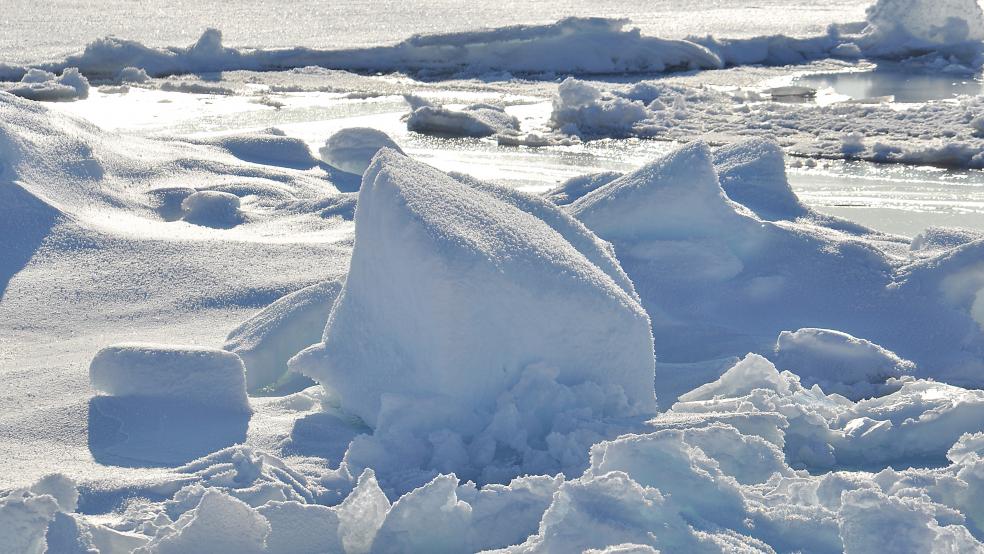Shell’s Arctic campaign this year will be pivotal. If the company cannot find large reserves of oil, it will likely set back Arctic oil development for a generation.
The Financial Times reported that Royal Dutch Shell will not see Arctic oil come online anytime soon, even in the best of scenarios. Even Shell officials think that the oil major will not be able to see Arctic oil hit the market until sometime in the 2030s.
There are a few reasons for this. Finding and developing offshore oil can typically take around a decade. First there is a long lead time before any drills hit the waters – analyzing data, purchasing acreage, planning, doing seismic surveys, getting permits, moving equipment into place, and finally deploying rigs. Shell first started buying up Arctic leases in 2007. After years of preparation (and huge setbacks), Shell has done most of this pre-drilling work.
Even then, once the rigs ply the icy waters, there are many years ahead before oil begins flowing. Shell has to drill test wells, analyze data, and drill more wells.
Related: What's Next for Oil Prices? Look Out Below!
But the Arctic also presents some unique challenges not found anywhere else. First is the short drilling season. Shell wouldn’t be able to operate year round, and could only make headway a few months out of the year during the summer. Perhaps more importantly is the remote location. Without adequate infrastructure Shell would have to do a lot of building to make Arctic oil viable. That would include pipelines, processing facilities, roads, and more. The Gulf of Mexico has all of this stuff in place, which reduces the cost and risk of drilling, but the Arctic is uncharted territory.
Then there is the regulatory side of things. The FT reported that Shell executives admitted that the pace of regulatory approval would likely push the first flows of oil into the 2030s. There are a lot of permits that Shell needs to obtain, which can delay operations.
In order for all of these obstacles to make financial sense, there must be a huge pool of oil that is worth going after. “The potential is here for this to be a world-class, absolutely key resource, with tremendous volumes,” Marvin Odum, Shell’s top official on oil and gas production in the Americas, told the FT. “The size of the prize here is worth the effort. We just have to demonstrate whether or not it’s there.”
That means that Shell’s operations this summer and in the summer of 2016 will ultimately decide the fate of the Arctic oil for another few decades. If Shell comes up empty, it could pull the plug for good. More than 8 years of work and spending of at least $7 billion (including $1 billion this year), Shell may end up with nothing.
Related: Why Oil Prices May Be About to Snap Back
There are no other companies looking to enter the US Arctic. Statoil and ConocoPhillips had previously considered drilling in the Arctic, and even paid tens of millions of dollars to secure leases in order to do so. But after considering the high costs and the enormous risk – and especially after witnessing Shell’s terrible 2012 campaign – those companies are staying away.
On the other hand, Shell is confident that there are large oil and gas reserves sitting in the Arctic. The USGS estimates that there are 30 billion barrels of oil and perhaps over 220 trillion cubic feet of natural gas. Shell will be targeting the Burger Prospect in the Chukchi Sea, the section highest on its list of priorities. The Burger is where Shell started to drill in 2012, but it lacked the permits to actually drill deep into oil reservoirs. It will go deeper this year.
Shell’s Odum admits that it will need to find something sizable to make the financial numbers work. By 2016, Shell will assess what it has found and will decide whether or not to take on decades of drilling and expenses in order to develop the prize. If it declines to move forward, the Arctic will likely go undeveloped for years to come.
This article originally appeared on OilPrice.com
Read more from OilPrice.com:
A New Giant Among Oil Traders
The Oil Glut is Not Real
Oil Still At Risk Of Geopolitical Turmoil


